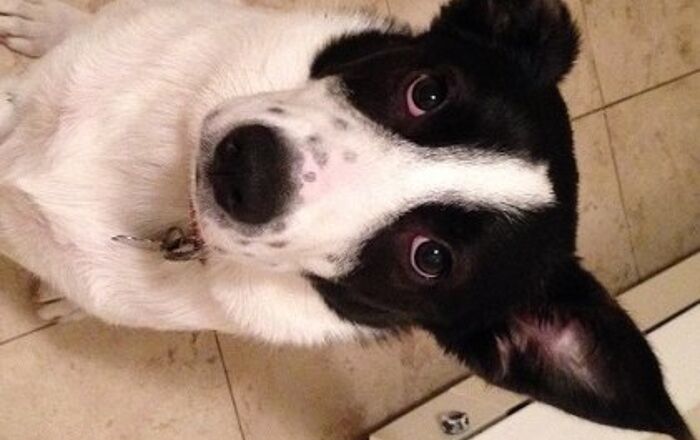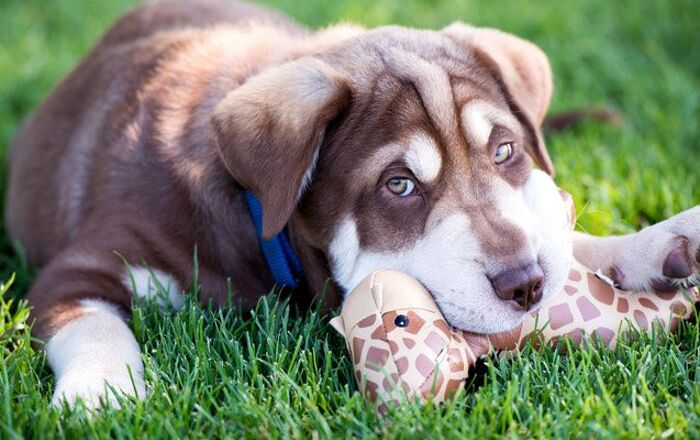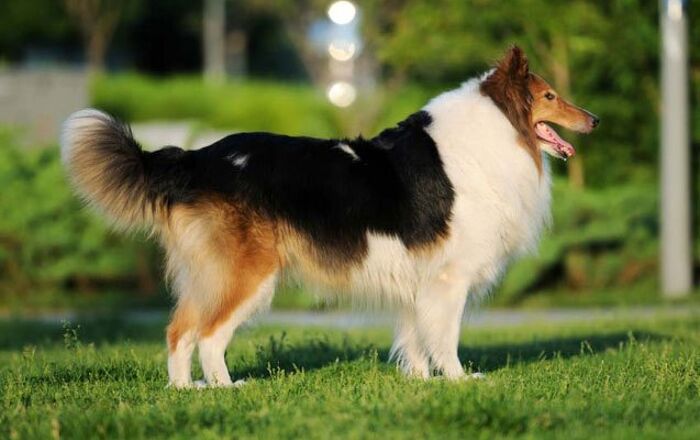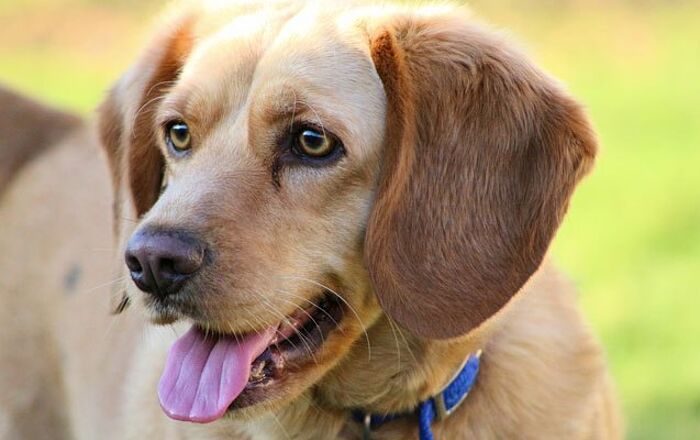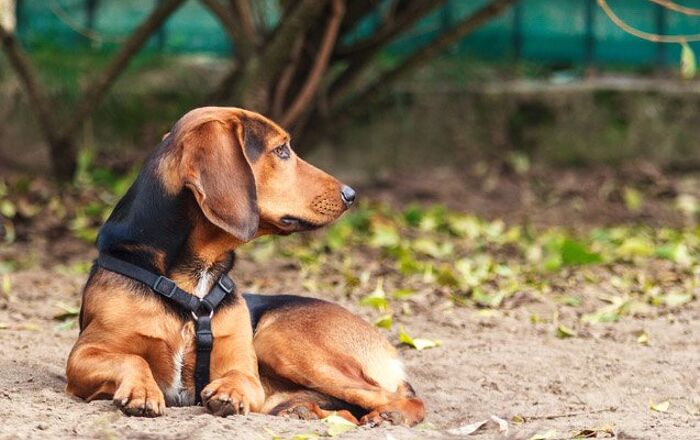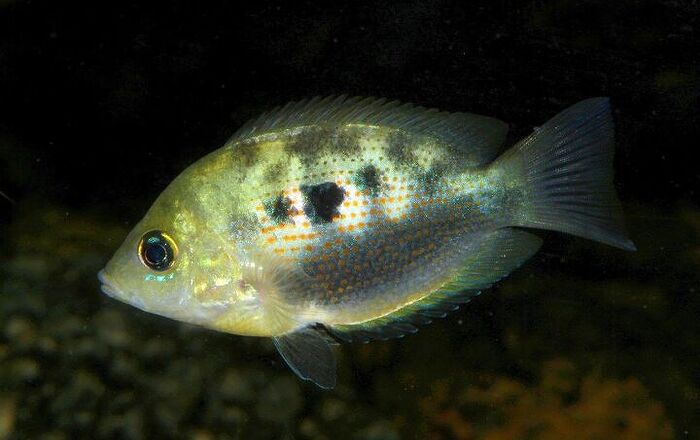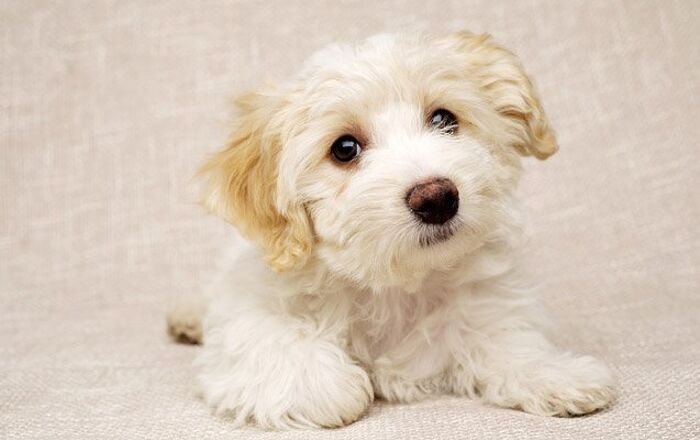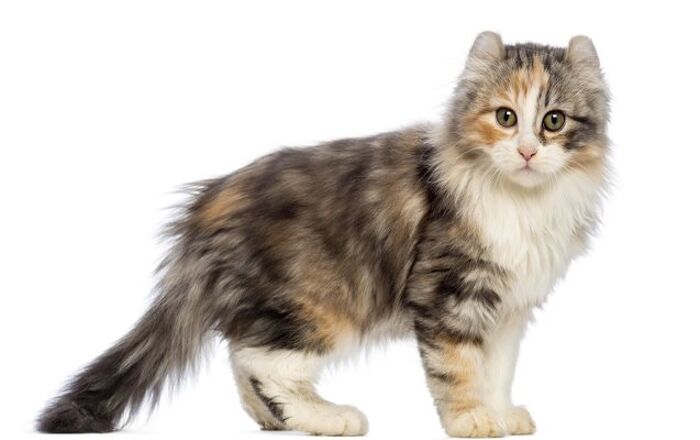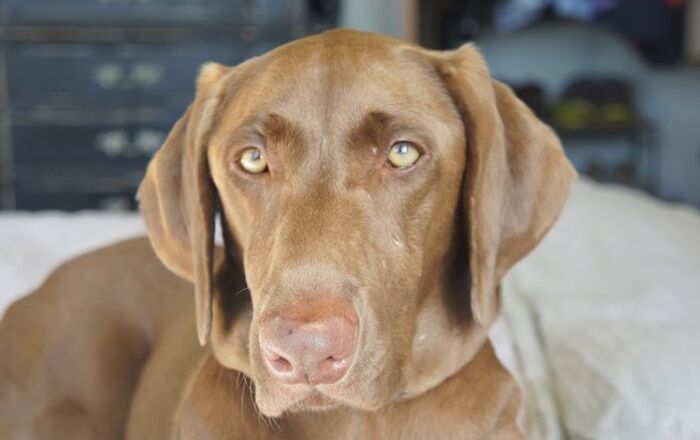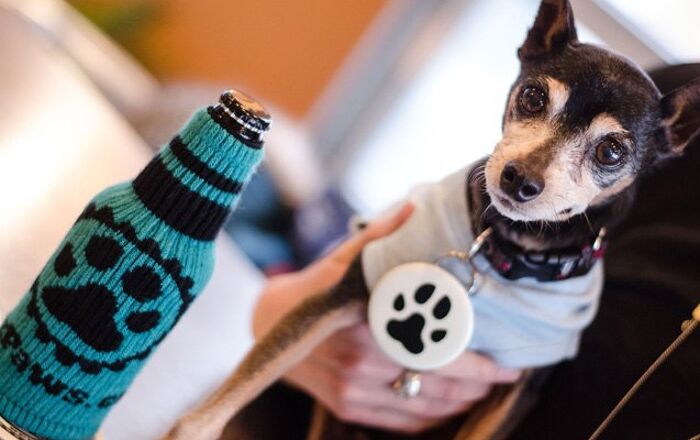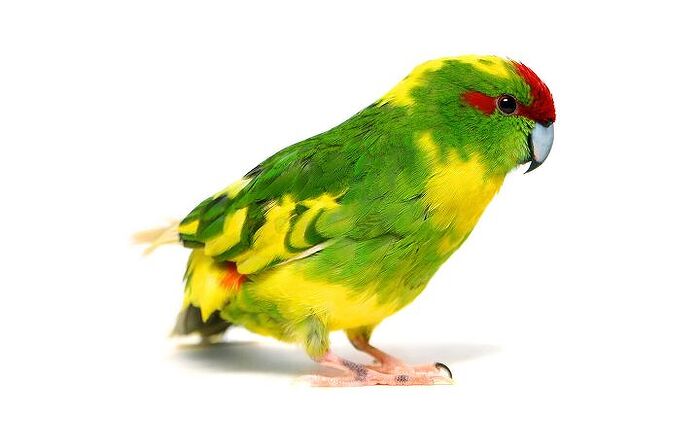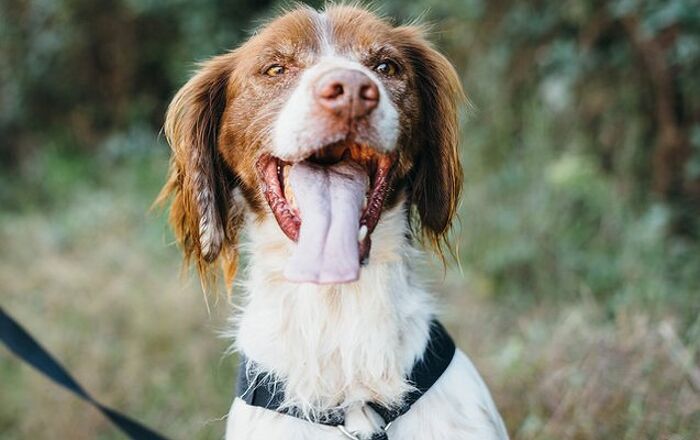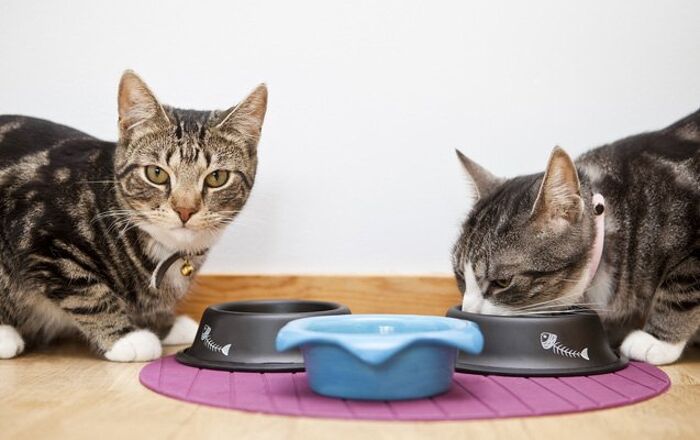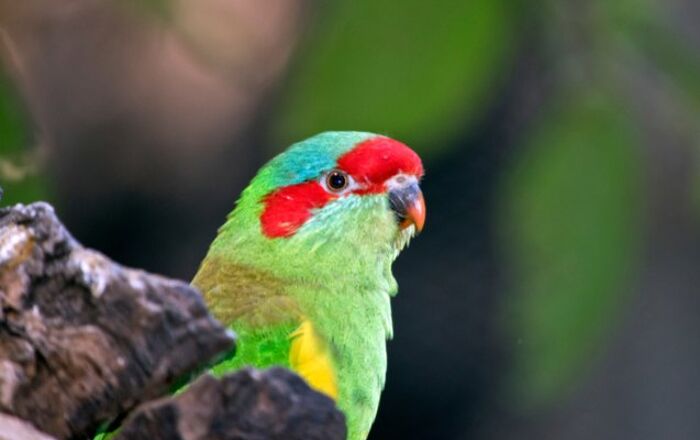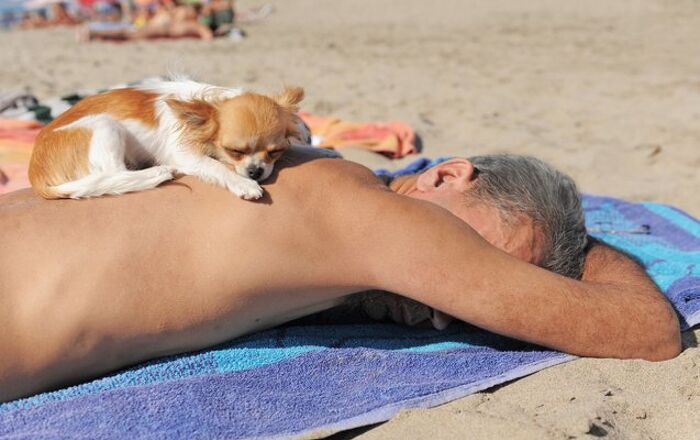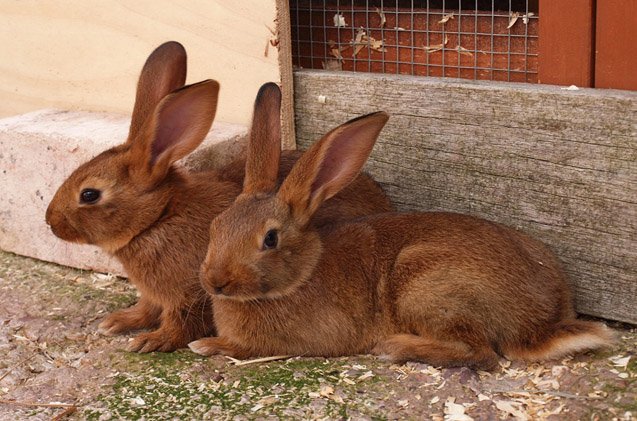
Belgian Hare Breed History/Origin
The Belgian Hare breed’s lengthy history originates in 18th century Belgium where they were developed using selective breeding tactics from domestic and wild European rabbits with the intention of making a hearty meat. They were imported as early as 1856 into England, and dubbed the “Belgian Hare”, but it wasn’t until 1873 that a man by the name of Winter “William” Lumb and Benjamin Greaves developed into the breed that exists today.
The first Belgian Hare was shown in America in 1877 where its popularity rapidly grew. The “National Belgian Hare Club” was formed in 1897, and the National Pet Stock Association added this breed under its “all-breed” club. After many name changes, the National Pet Stock Association eventually became known as the American Rabbit Breeders Association (ARBA). In 1972, a group of Belgian Hare breeders came together and applied for a specialty club charter. Soon after, the Belgian Hare was officially accepted into the ARBA.
Belgian Hares are kept mainly for show purposes.
Overall Description
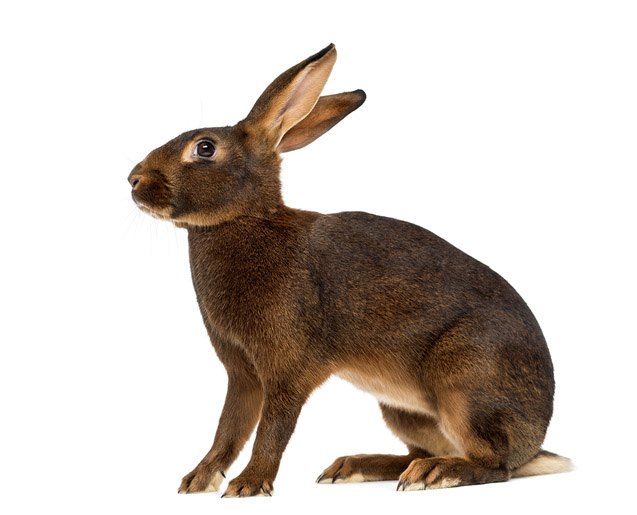
The Belgian Hare, although a domestic rabbit, was bred to closely resemble to a wild hare. It is for that reason that this breed has a long, muscular body with an arched back. They have long heads, a straight tail, which is carried in line with the backbone, and tall, slightly wide, erect ears.
Coat
The Belgian Hare has short, glossy fur that requires little to no maintenance to keep it in pristine condition. Rabbits are genuinely clean animals. They should never be given a bath, as this causes great stress and can lead to heart failure. Occasionally, rub your Belgian Hare down to rid the coat of any dead fibers (no brushing required) and their coat should remain in good condition.
Colors
The ARBA accepts only one kind of Belgian Hare coat color: a bright tin rust, with a red/orange tint. The entire body consists of this color, and markings include lighter-colored eye circles and “ticking” on particular parts of the body, such as on their upper back and hips.
Sudden noises or unfamiliar sounds can easily startle the Belgian Hare.
Care Requirements
This rabbit is usually kept in an outdoor enclosure that’s fairly large and tall. The ideal outdoor hutch should be made of wire or wood, have a solid bottom and be at least 24 x 60 inch floor with a top that is no less than 24 inches high. The bottom of the cages need to be lined in bedding, spot-cleaned every day and completely replaced every 5-7 days. While Belgian Hares can do fine in temperatures above the freezing mark (so long as sufficient protection and bedding is given to keep them warm), there needs to be sufficient ventilation during the summer months.
When it comes to their diet, this rabbit breed needs access to clean, fresh water and high-quality hay. Hay should be 70 percent of their diet while the rest consists of a healthy balance of pellets and rabbit-safe vegetables, fruits and leafy greens. There are some foods that should be avoided (iceberg lettuce, for example, does not have enough nutritional value), while others are fine in moderation (apples and carrots are a wonderful treat).
Health
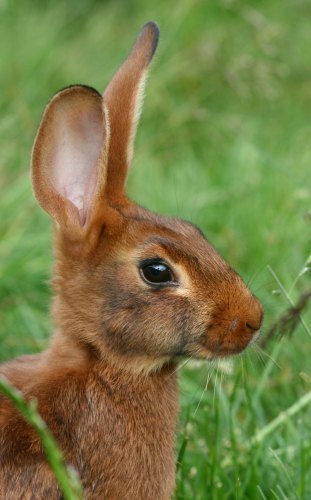
While Belgian Hares are not susceptible to digestive issues such as Wool Block (like long-haired breeds such as Angoras, for instance), care has to be taken in order for them to live long, healthy lives. Two problems that are most common in outdoor rabbits are ear mites and flystrike. Flystrike is common to rabbits that have soiled fur during the summer. Flies lay their eggs in soiled fur and when the eggs hatch, their primary food source is the rabbit. It is extremely painful and symptoms include lack of appetite, fewer droppings in your bunny’s cage and sudden jumping/thrashing in pain. If you suspect your rabbit may have flystrike, take them to your veterinarian for treatment.
A pea-sized amount of deworming paste is recommended every fall and spring to keep your rabbit healthy. Finally, if your rabbit’s diet does not consist of 70 percent hay, the rabbit’s incisors begin to grow into their faces/jaws. This is a painful condition and can only be corrected by a veterinarian, who can shave down their teeth. A simple change in their diet should keep their teeth naturally worn down.
The Belgian hare, although domestic, was bred to closely resemble to a wild hare.
Temperament/Behavior
The Belgian Hare requires more maintenance and care than other rabbit breeds simply because of its size and energetic nature. While this breed can theoretically live indoors, indoor rabbits tend to be pets and this rabbit breed isn’t the best pet due to its nervousness. Sudden noises or unfamiliar sounds cause them jump high into the air and go into a running frenzy inside of their cage, where they could accidentally hurt themselves. While they do have a sweet nature and are known to enjoy petting (so long as they are used to the person’s presence and are not suddenly spooked), Belgian Hares are not the breed for everyone and are used mostly for show purposes.
While they can be picked up, a lot of care needs to be taken to ensure that if they do get spooked, they don’t fall onto the floor. Breeders use tricks to lower the risk of scaring their Belgian Hares by announcing their arrival before they open their barn doors, installing a loud fan inside the barn or playing loud music for the majority of the day.
Photo credit: MartheKryvi

